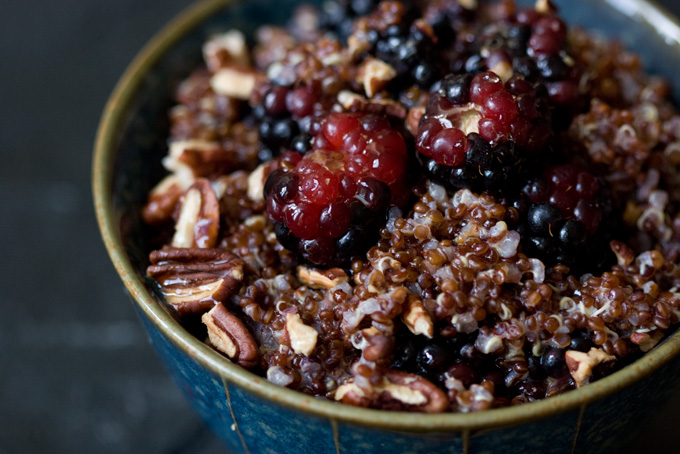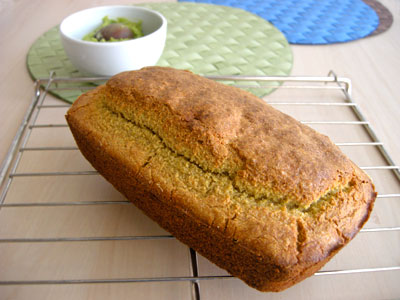Quinoa.
A while back, mac here on A2K turned me onto quinoa. Actually, it's a seed, not a grain.
It's very tasty, versatile, inexpensive, and most importantly, extremely nutritious.
It's unique in that it contains all the amino acids to make a complete protein.
It can grow just about anywhere, as it originated in the harsh conditions of the Andes, so doesn't need fertile soil, and tolerates a high range of climates.
It's been called a "supergrain"
Yet, I've searched high and low on the internet, but can find little as to if or how this grain is being used to help world hunger.
There's a few mentions here and there, but nothing specific. The closest I could find to actual distribution being done is something about "handing out quinoa cookies"
I could be wrong, and there is information out there on how it's being promoted and used. I'd appreciate if anyone has any further information to share.






